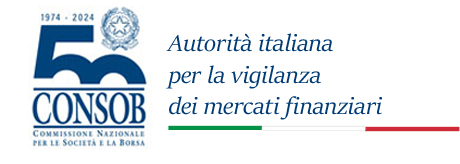The CEAOB has published the "Materiality in the context of an audit" Report, an analysis that provides an overview of the application of materiality by the 4 main audit networks and the sensitivity of the audit committees to this issue (Notice of 28 October 2022)
The CEAOB (Committee of European Auditing Oversight Bodies), the body that represents the reference point at European level for the coordination of the Supervisory Authorities on auditors, published in September the Report on Materiality in the context of an audit, an analysis providing an overview on the application of materiality by of the 4 main audit networks (so-called Big Four) in the context of auditing assignments on public interest entities (EIPs), with the aim of examining the criteria present in the guidelines in the various networks and understanding their consistency in their practical application. The survey was also extended to a sample of audit committees in order to measure their sensitivity on this topic and the degree of interaction with the auditors.
The definition of materiality (or significance) levels, i.e. the amount above which errors found by the auditor may impact the overall materiality and the lesser amount on the basis of which the auditor defines the nature and extent of the audit procedures to be carried out (performance materiality), represents a fundamental decision for the purposes of an adequate performance of the audit process.
The calculation of materiality, whose contours are defined by the ISA 320 auditing standard, cannot be traced back to a simple mechanical task but requires to consider, with due attention and on the basis of the auditor's professional judgment, all the facts and relevant circumstances, including qualitative aspects.
As a result of the analysis carried out, the Report contains three main direct messages:
- to the standard setters, requiring the formulation of rules ("requirements") in the auditing standards that provide more specific indications for the identification of the parameters (so-called "benchmark") and the relative "range" of values to which the auditor must refer for the purpose of correctly determining both the overall materiality "and the" performance materiality ";
- to the auditors, recommending greater attention in the use of the most suitable benchmarks for the purpose of assessing the materiality thresholds, in the correlation between the level of materiality and that of the risk of the engagement and favoring the use of prudential haircuts especially in the first year of office or in particular circumstances;
- to the audit committees, hoping for a constructive dialogue with the auditors on these issues and also the adoption of specific actions in the presence of inconsistencies in the determination of materiality with respect to their expectations, as well as to take this aspect into consideration also in the process of conferment of assignments.
